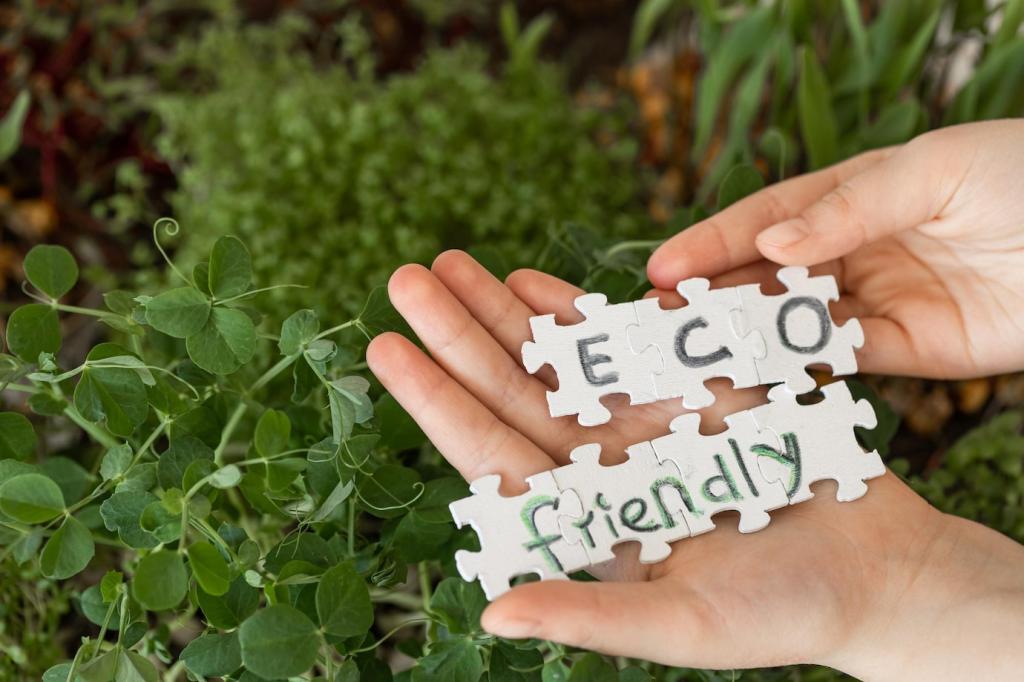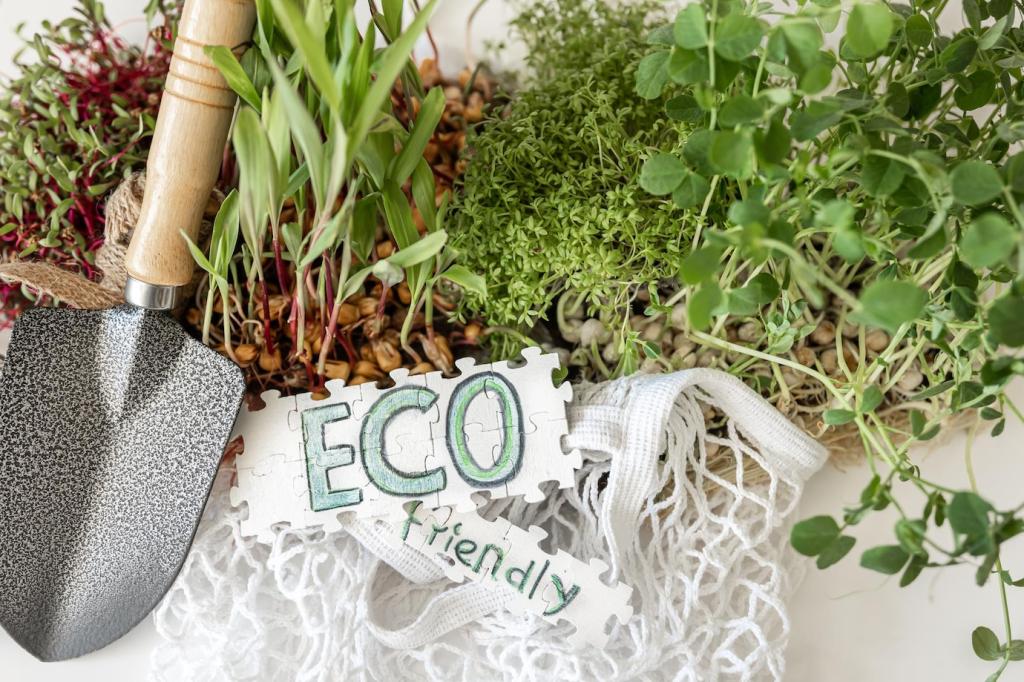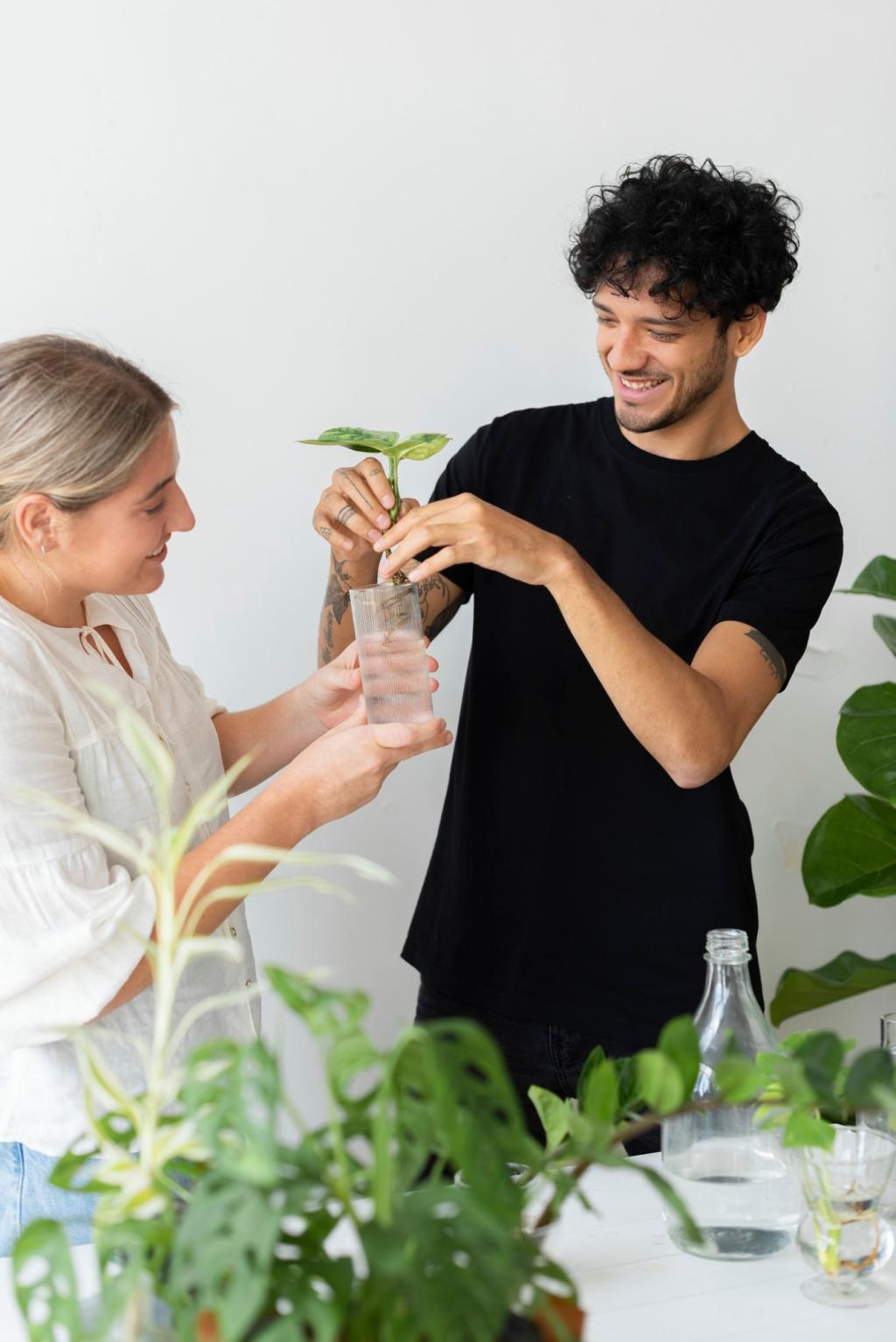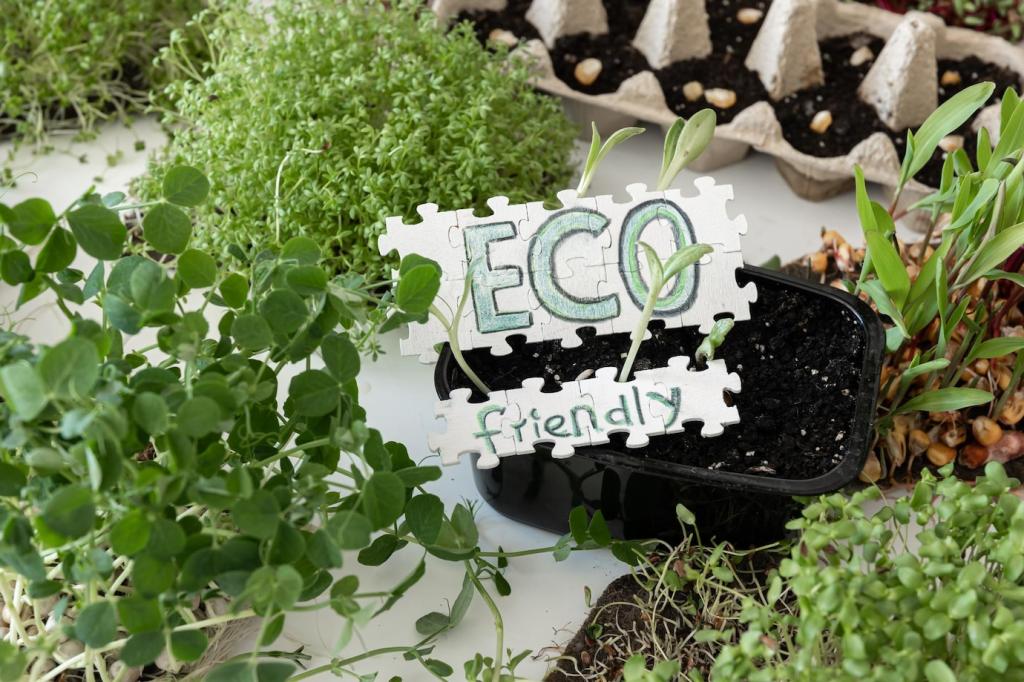Protect What You Love: Preventing Wear and Tear on Eco-friendly Furniture
Chosen theme: Preventing Wear and Tear on Eco-friendly Furniture. Welcome to a home where sustainability meets everyday resilience. Together, we’ll safeguard the beauty, integrity, and longevity of your green pieces with warm, practical guidance you can start using today—subscribe and join the conversation.
Bamboo, Cork, and Reclaimed Wood
Bamboo resists surface scratching but can dent under point pressure; cork thrives with balanced humidity. Reclaimed wood’s history means old nail holes and softer patches. Identify grain direction, finish chemistry, and weight limits to prevent wear while celebrating each material’s natural character.
Natural Fabrics and Plant-Based Leathers
Organic cotton can abrade faster than synthetics; linen blends add strength. Piñatex and cactus leather dislike sharp folds and prolonged compression. Rotate cushions, smooth creases, and brush weekly. Share your favorite gentle fabric-care hacks so everyone extends the life of their eco pieces.
Recycled Metals and Plastics
Powder-coated recycled steel resists rust yet needs dry wipe-downs after spills. Recycled plastics shrug off moisture but scratch under grit. Use felt feet and coasters, not harsh pads. Tell us what finish protects your frames best, and we’ll test eco-safe options next.
Daily Habits That Prevent Wear
Dust with a soft, dry cloth before grit grinds into finishes. Rotate seat cushions each Sunday. Lift, don’t drag, table legs across rugs. These small acts reduce cumulative micro-damage. Comment with your go-to ritual so others can adopt it tonight.


Daily Habits That Prevent Wear
UV fades plant-based dyes and dries natural oils in wood. Angle blinds, add sheer curtains, and move pieces a foot from radiators. Keep relative humidity steady between 40–55% to prevent warping. Share your climate-control tricks for tricky seasons in your region.
Cleaning the Green Way
Acidic vinegars can etch stone composites and dull certain water-based finishes; harsh alkalines strip oils from wood. Aim for pH-neutral soaps and lukewarm water. Always spot-test in hidden areas. Tell us which neutral cleaner worked best for your finish and why.


Cleaning the Green Way
Choose natural-bristle brushes and cotton cloths over synthetic sponges. Vacuum upholstery using a soft attachment weekly to remove abrasive dust. Address spills immediately with blotting, not rubbing. Share stubborn stain stories and we’ll crowdsource fabric-specific, planet-friendly solutions together.
Repair and Refinish, Sustainably
Scratch and Dent Triage at Home
For shallow scratches on oiled woods, buff with a fine pad and match with plant-based oil pigment. Steam small dents through a damp cloth, then re-oil. Share before-and-after photos in your update so others can learn from your approach.
Oil, Wax, and Low-VOC Finishes
Hardwax oils and linseed-based finishes nourish fibers while protecting from moisture. Apply thin, even coats; cure fully with ventilation. Avoid thick glossy films that crack. If you’ve tried a new low-VOC brand, report durability and sheen after a month of real use.
Upholstery Upkeep and Seam Stress
Loose seams are early-warning signs. Reinforce with natural thread before tearing spreads. Flip cushions seasonally, and add breathable barrier liners. Post your fabric type and traffic level, and we’ll suggest a preventive stitching pattern that extends comfort and life.


Smart Protection with Low Impact
Use wool felt pads under legs to prevent compression marks and noise. Place jute or recycled-cotton runners along traffic routes. Slipcovers from organic cotton shield against pets and spills. Tell us your favorite sources for responsibly made protectors we can all trust.
Smart Protection with Low Impact
Choose waterborne, low-VOC sealants for tabletops vulnerable to glasses and planters. Maintain a thin protective layer rather than large, brittle films. Record a simple maintenance schedule and share it—your cadence may help someone prevent that next white ring.


A Real-World Story: The Bamboo Table That Stayed Beautiful
A dropped key left a tiny dent on day three. Instead of hiding it, they introduced a tray by the door and a felt-lined key bowl. The scratch faded, and the habit stuck—preventing dozens more moments of accidental damage.
A Real-World Story: The Bamboo Table That Stayed Beautiful
A muggy summer warped a leaf slightly. They stabilized indoor humidity, laid a breathable cloth, and let the table rest flat for weeks. Patience, not pressure, restored alignment. What slow, gentle fixes have rescued your sustainable pieces lately?
